The Peaceable Kingdom probably isn’t the first place you would have looked for Kurt Cobain. Of all the ironies and confusions of his brief life, perhaps none was as pointed as his choosing to kill himself in a room overlooking that sign, announcing Seattle’s upscale Leschi neighborhood, with its sweeping views of Lake Washington and the snow-capped mountains beyond. It was here that, one morning in April 1994, Cobain — then in the third year of his marriage to his fellow musician Courtney Love — first injected himself with heroin and then took a shotgun and blew his brains out.
Yes, he was twenty-seven when he died, like several other high-profile musicians including Jimi Hendrix, Janis Joplin and Jim Morrison before him, which helped cement the belief that that age is imbued with a mystical horror for anyone who plays the guitar or goes near a microphone for a living. Dianna Kenny, a professor of psychology at the University of Sydney, has even published a statistically detailed paper on the subject. It concludes that the most common age for a rock musician to leave the mortal stage is in fact fifty-six (2.2 percent, compared to 1.3 percent at twenty-seven), although she concedes that an inordinate number of musicians in and out of the 27 Club have succumbed to suicide, murder, injury or misadventure. The percentage of musicians dying by their own hands reached 9.6 percent of all such fatalities in the early 1990s, before falling to 4.5 percent today, against an overall suicide rate that remains relatively stable between about 1.3 and 1.6 percent of the adult US population.
Why did Cobain do it? That’s a question statistics can’t answer. Among other contributory factors, there was a history of suicide in his family; he was a heroin addict and, perhaps not coincidentally, suffering from crippling stomach pain; he may have been bipolar. And then of course there’s Richard Burton’s aphorism about the toxic nature of fame, which he defined as “a sweet poison you drink of first in eager gulps, before you come to choke on it.” In 1989, Cobain moved from the ghost town of Aberdeen, Washington — where, showing a bitterly precocious lyrical talent, he’d once scrawled on his bedroom wall, “I hate Mom. I hate Dad. Dad hates Mom. Mom hates Dad. It simply makes you sad” — 100 miles up the road to Seattle.
Within two years, he and his group Nirvana, who popularized the sartorial and musical aesthetic “grunge,” had signed a seven-figure contract with the corporate behemoth Geffen Records. Six months later, the band released its breakthrough album Nevermind, which to date has sold 40 million copies worldwide and been recognized by the Library of Congress as “culturally, historically, and aesthetically important” to the nation. Before long, Cobain was wasting away in his own private Graceland, a three-story Seattle lakefront home hidden behind a brick wall topped by a screen of bushes with a sign out front reading “Beware of the Dog.” He seems to have enjoyed the money, but not the deceitful comfort of living among the software billionaires and corporate bankers he despised.
Cobain saw himself as ill-placed in life’s line. Not only did he have the misfortune to come from a family of depressives, but he chose a profession notorious for the brevity of its successes. Add the availability of drugs and guns, for both of which he had a marked taste, and you can see the beginnings of the potential for disaster. Cobain’s cousin Beverly, a psychiatric nurse, once told me that it was always hard to envision him growing old and contented, or for that matter reconciling himself to the indignities of the senior-citizen rock tour.
Three decades after his death, Cobain’s image as the unwitting poster-boy of Generation X, the ones experiencing the world through the funhouse mirror of MTV and cheap drugs (the ones author Douglas Coupland later called “42 million gripers”) serves as a distraction from his actual body of work. For the patron saint of slackers, he was surprisingly prolific. Nirvana released three studio albums in just four years, which borders on the Stakhanovite by more recent standards, quite apart from the profusion of greatest-hits compilations, live recordings, remixes and boxsets padded by spurious “rarities” that help to pay the Geffen company Christmas bonus to this day. Added to that, Cobain was constantly writing, touring, subjecting himself to interviews and in general becoming the world’s consensus rock star of the early 1990s.
None of Nirvana’s music changed the world, despite what some of its more excitable proponents claim for it. But it was always meticulously well-crafted, and there are countless stories about Cobain’s habit of simulating ennui (what was Nevermind, but a shrug of indifference?) while in reality spending endless hours polishing the product. A rather touching example of his dedication to his job was recalled by a woman named Betty Kalles, who hired the twenty-two-year-old Cobain to work as a summer maintenance man at a Washington seaside hotel at the time Nirvana was emerging.
“Kurt was quiet, but he was also clean-cut and polite,” Kalles told me. “He was never able to work on Fridays and Saturdays because his band would go out and play on those days, but he would always make it to work Sunday morning on time. He was really a model employee, but when he finally quit his job, he told me the chemicals he was using to wash the windows were making his fingernails soft, and he was unable to play guitar. ‘I have to do everything for my music,’ he said.”
The author William Burroughs, who knew a thing or two about life (and death, having once drunkenly shot his wife through the head), remarked that he thought Cobain had been “acting out a kind of morality tale about what it means to be famous in America.” The plot was a simple one: the mother-dominated yet wayward boy from the wrong side of the tracks, discovering a talent to amuse, knows enough to turn it into money and stardom, but would rather be elsewhere, doing something else.
In that context, I’m always reminded of the story Cobain’s estranged father Don told me about seeing his son for the first time in seven years after talking his way backstage at a Nirvana concert in Seattle in September 1992. The scene was an unprepossessing, concrete-walled room filled with plastic-wrapped cheese plates and domestic beer, with people tugging at Kurt’s arm even during his few minutes alone with his father. “I felt sorry for him,” Don said. “It didn’t look very glamorous to me.” Perhaps, when a materially and emotionally stunted childhood gave way to an adolescent taste for heavily amplified rock music and nihilistic literature, and factors such as debilitating stomach cramps, heroin and the need to project oneself on stage in front of tens of thou- sands of delirious strangers are added to the mix, a more self-confident man than Cobain might have reconsidered his options.
Music journalists, whether they’re claiming that the world overnight became a jukebox of infectious three-minute songs with the arrival of the Beatles in 1963, or that it abruptly succumbed to a fit of self-loathing characterized by the sight of young men and women stumbling around with safety-pins through their noses thirteen years later, are always keen to place themselves at the forefront of transformative cultural shifts. But such judgments are generally only plausible with the aid of hindsight. For all that, it seems fair to say that there was an unusually decisive point in pop music’s evolution that followed the release of Nevermind, marking as it did a move away from the pervasive strutting hairspray-metal of the early 1990s toward a general celebration of weirdness. Soon everyone was at it. Everyone but Cobain himself, that is. His band’s next album, the last one released in his lifetime, was a sardonic, often caustic song cycle called In Utero. One of the record’s tracks contained the line, “Wait, I’ve got a new complaint”; another ended with the repeated chorus, “I miss the comfort in being sad.”
Six months after its release, Cobain barricaded himself in a spare room above the garage, took a lethal dose of drugs and put the shotgun to his head. Had he lived, he could have gone on to become a David Bowie figure, his cutting edge progressively dulled, perhaps, but still creatively restless and constantly innovative across a variety of media. (As well as his musical gifts, Cobain was fond of painting, and his sculptures of transparent manikins like the one on the cover of In Utero commanded critical praise.)
Like Bowie, whose “Man Who Fell To Earth” Nirvana so famously covered, he was a once-in-a-generation songwriter, a poet and also a bit of a vaudevillian. Infinitely changeable, he’d be unlikely to be found today crooning a medley of Nevermind-era hits from the stage of a Vegas casino auditorium. As usual in narratives like this, there are those who continue to insist that Cobain was murdered, the victim of some high-stakes drug- or money-related conspiracy, but I prefer to believe that the real reason for his death lies buried somewhere amid the mental turmoil of his twenty-seven years.
This article was originally published in The Spectator’s April 2024 World edition.



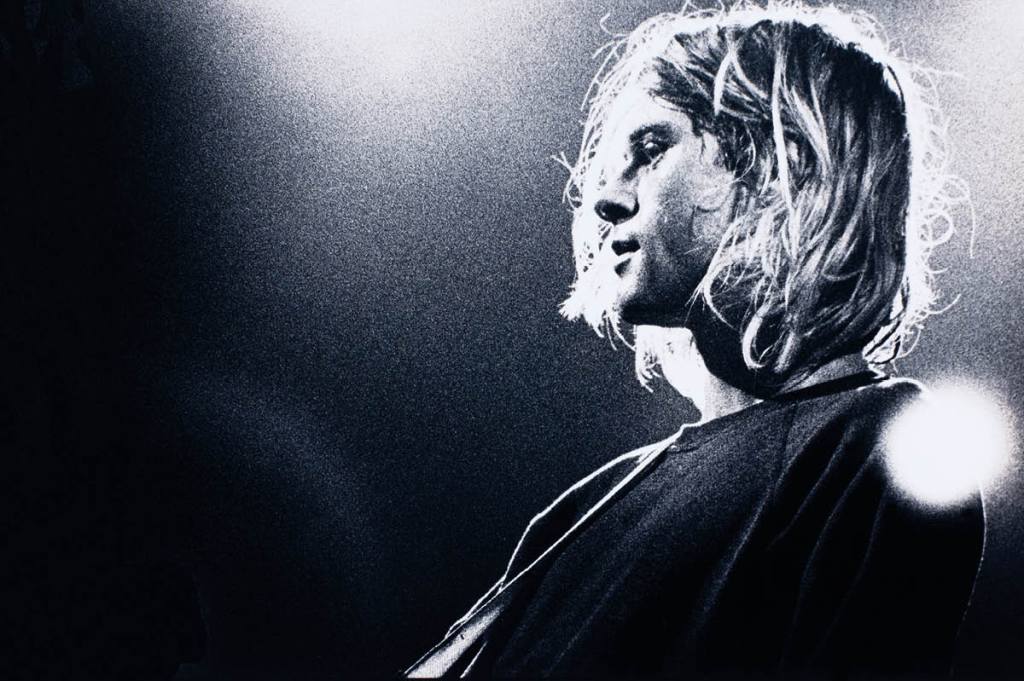







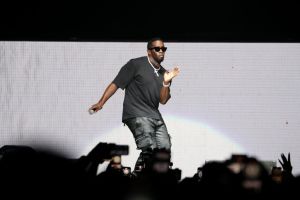
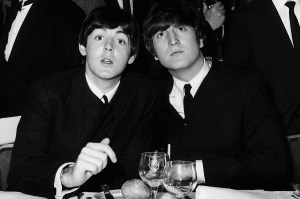
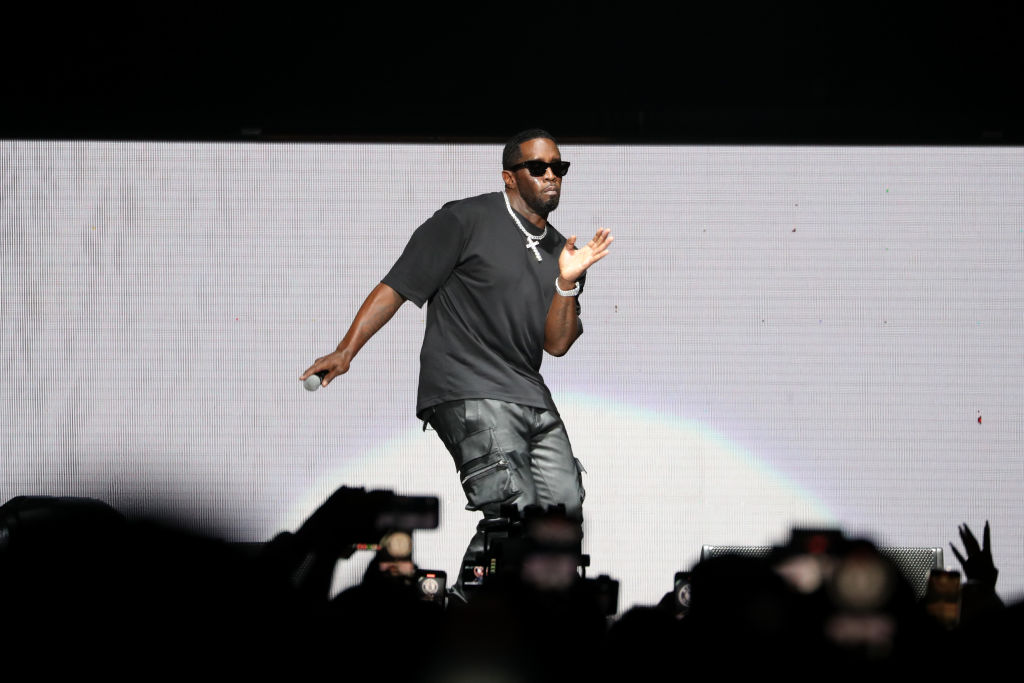

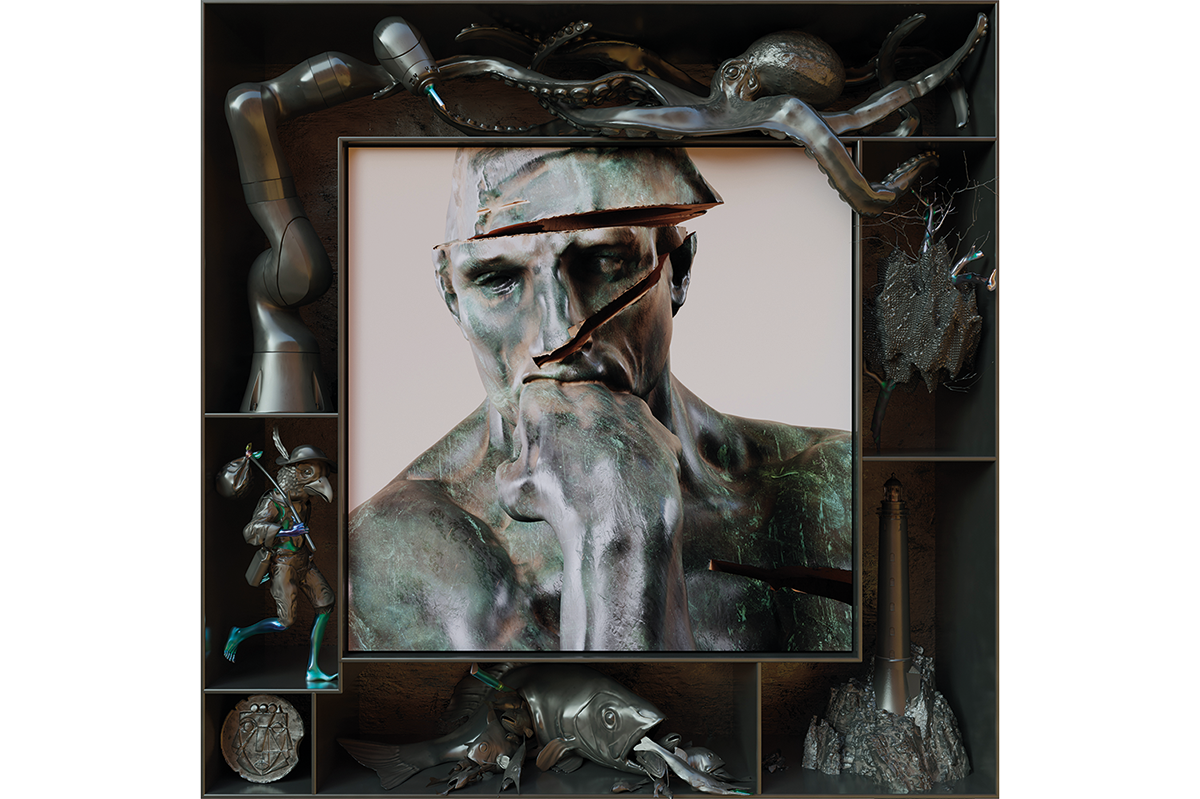

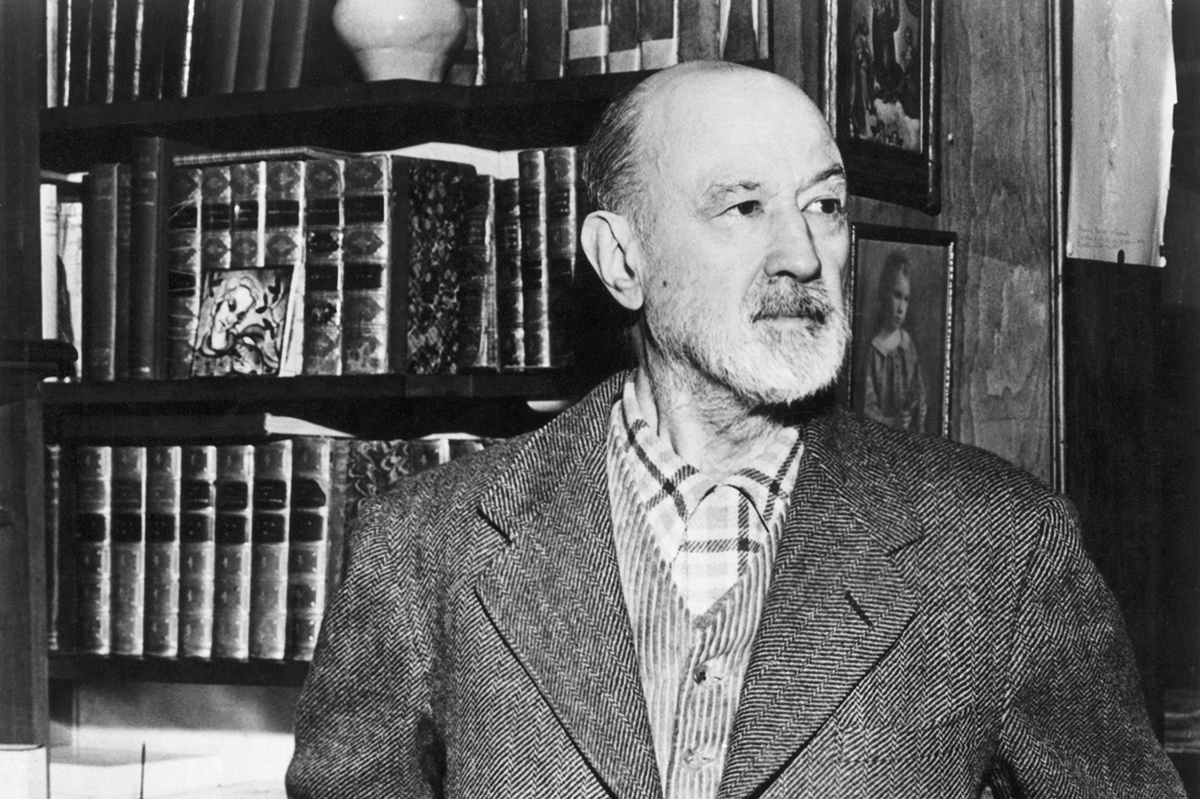
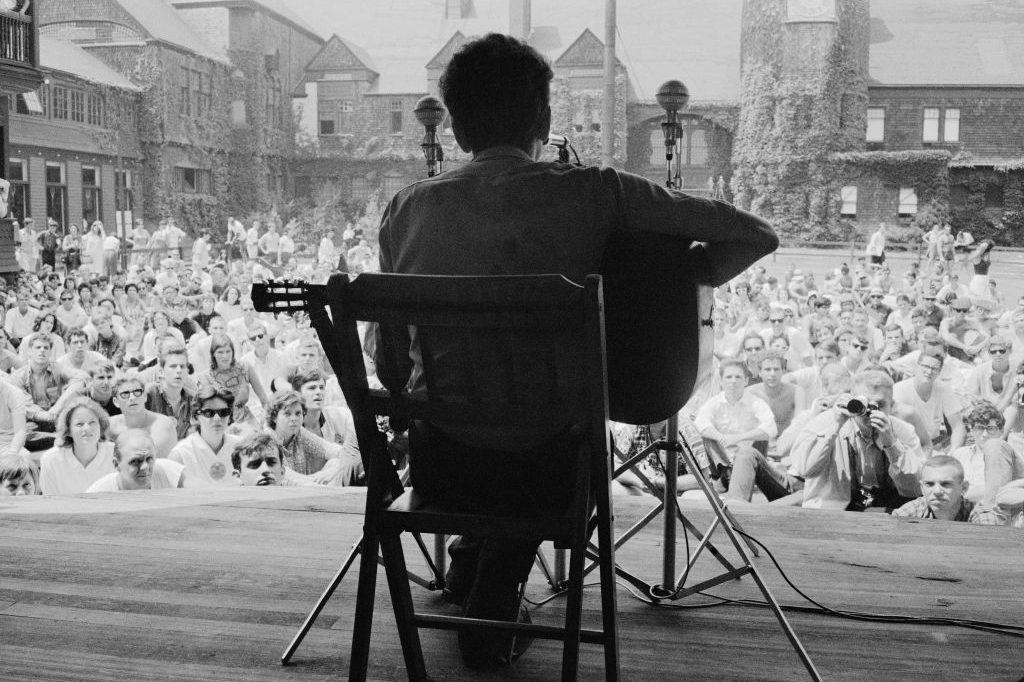







Leave a Reply